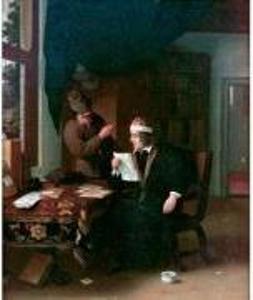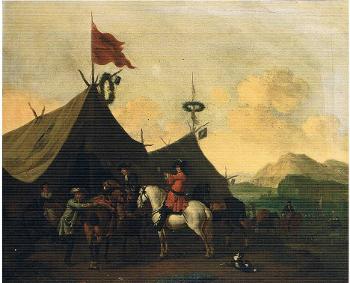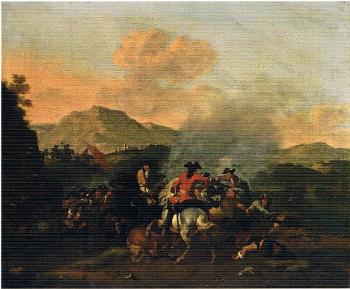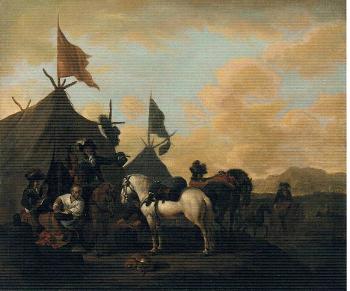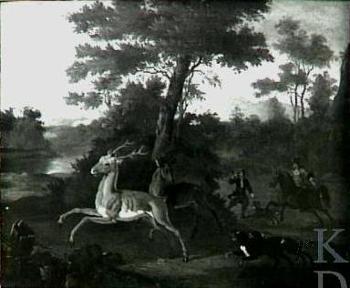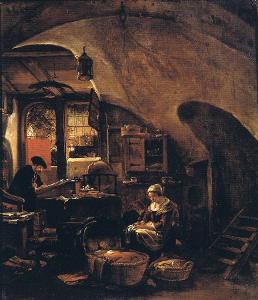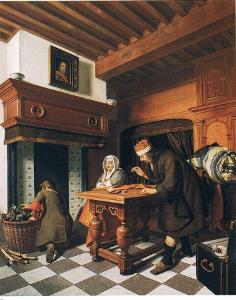Evert Oudendijck
One of a pair of Italianate landscapes:
a cavalry battle scene
Oil on canvas : approx. 58,3 X 69,4 cm
Signed lower right “E. oudendijck”
Sold at Sotheby’s Amsterdam, 9/05/06
For 19.200 €/the pair
This is a comparative item
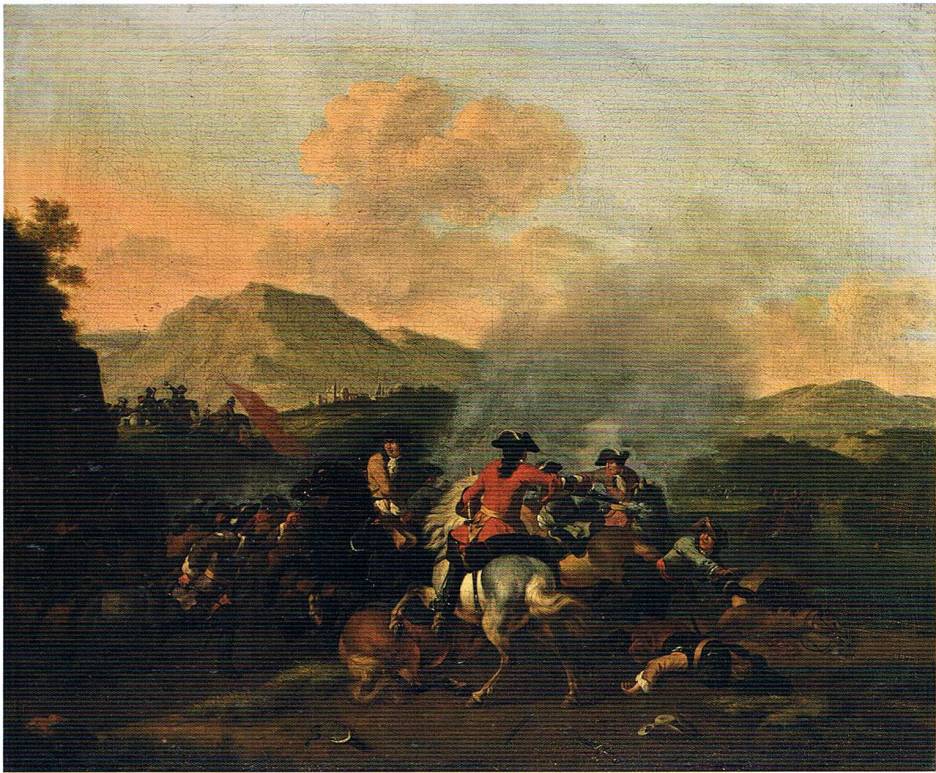
Painting for Sale
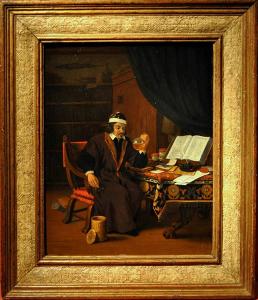
Oudendijck, Evert
"A doctor inspecting a flask of urine"
Comparative paintings
Click photos for more details

